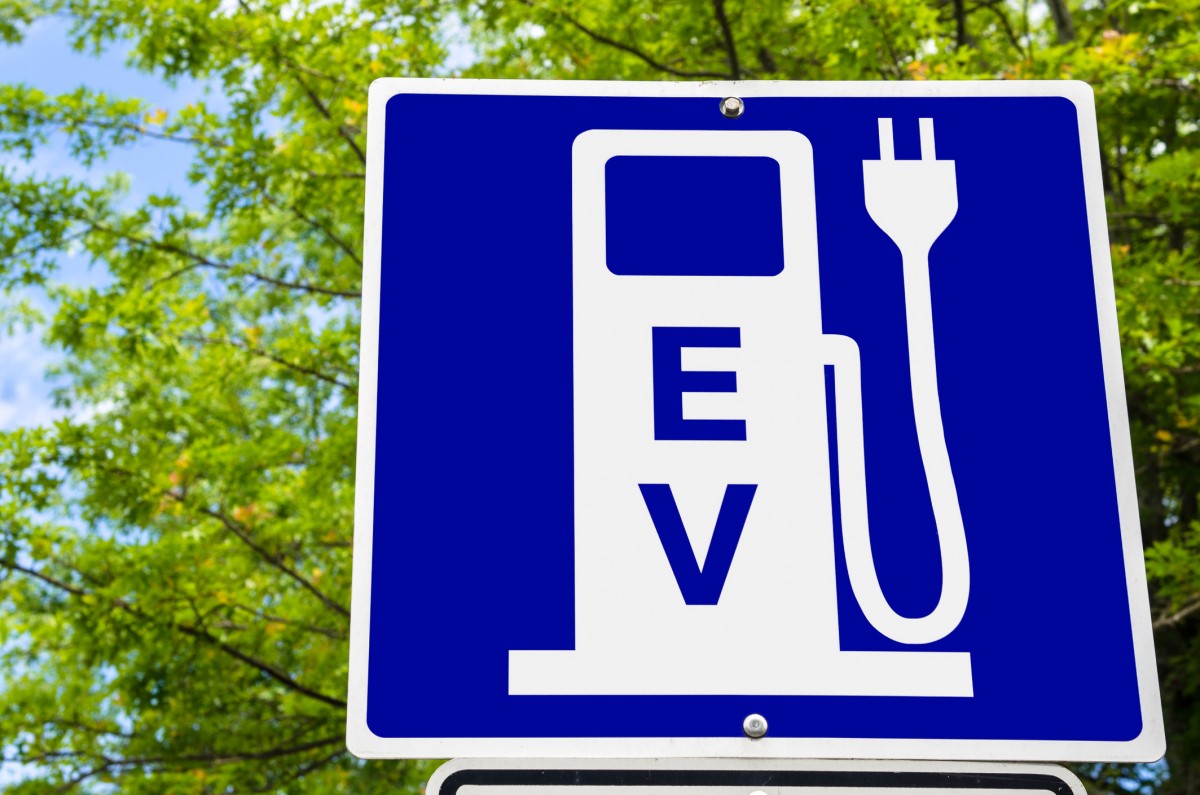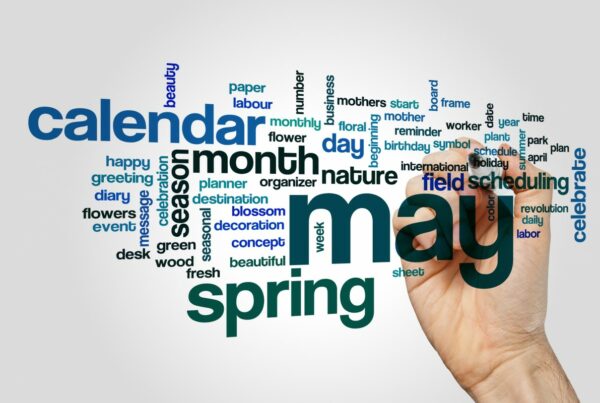
A group of analytics professionals and experts in electric vehicle adoption and grid integration pooled their insights on the best practices to overcome the challenging obstacles of electric vehicle adoption, which include the high cost of equipment, haphazard and slow deployment, site accessibility, the uncertainty of managing the demand of energy on the grid, and the unpredictability of load shape, the measurement of energy use over time.
DNV, an energy advisory firm, recently partnered with the Utility Analytics Institute (UAI) to host a roundtable on “The Grid Impact of Electric Vehicle Adoption – Identification, Forecasting, & Planning”. DNV’s featured facilitators and speakers during the roundtable were Lisa Harmon, Director of Electric Vehicles Programs, Analyst Chuck Juhasz, J.R. Killigrew, Head of EV Business Development, North America, and Transportation Electrification Lead Walter Schaefer, all of whom are experts in electric vehicle (EV) adoption and grid integration. These EV experts were joined by a large and enthusiastic group of UAI utility member representatives from across North America.
Topics explored during the roundtable discussion included: the anticipated grid impacts of EV adoption, customer and site identification, forecasting demand and infrastructure needs, and strategic planning. DNV shared analytics solutions built for a variety of stakeholders and dove into its cohesive methodology for accurate forecasting of future infrastructure in a milestone year where there are already over one million electric vehicles purchased by consumers.
“We have the smartest engineers forecasting this stuff, but things surprise us in any merging technologies. So, we would rather be ahead of it instead of having people scrambling to have the charging. And then if we’re going to do that, we need to be looking at grid resiliency, as Mike mentioned, and we’re doing things around research with V2G technology, battery storage, all of these sorts of things that as a utility we will be looking at in the future to accommodate that resiliency.” – Utility Analytics professional from a UAI member utility
The group enjoyed enlisting the collective wisdom of fellow attendees, launching into an informative poll where each utility representative shared the status of the where their respective organization stood in their own work on the matter. They revealed their efforts and programs geared towards the below:
- Investing in grid infrastructure, such as transformers, to increase capacity and reduce congestion.
- Developing demand-side management programs to encourage EV owners to charge their vehicles at off-peak times.
- Working with EV owners to shift charging behavior, such as by providing incentives for charging at home or at work.
“It’s certainly fascinating to see that there’s a majority [of utilities] that are running managed charging and TOU rates. It’s great to see utilities across the US moving towards time of use that help can balance the grid a little bit, find times to optimize when the grid may be a little cleaner and electricity may be a little cheaper.” – Utility Analytics professional from a UAI member utility

The group also pooled its insights on best practices in the way of attacking problematic hurdles of electric vehicle adoption, which include the prohibitive cost of equipment, haphazard and slow deployment, site accessibility, and the unpredictability of demand and load shape. Efforts are underway to address these challenges. Viable solutions include financial incentives from governments and private sectors, as well as the development of a single standard for charging ports and connectors. Standardization and financial incentives will help overcome challenges in rolling out EV infrastructure and pave the way for widespread adoption of EVs, which will reduce greenhouse gas emissions and improve air quality.

“Humbly speaking, it’s been a wonderful conversation and I think this has been the bright spot of my day thus far. Just to be able to see all these utilities from Oklahoma to Salt River Project to all the way up to Canada as well on the East Coast. I think this is really the power of UAI bringing all of us together to be able to collaborate and share best practices.” – Utility Analytics professional from a UAI member utility















